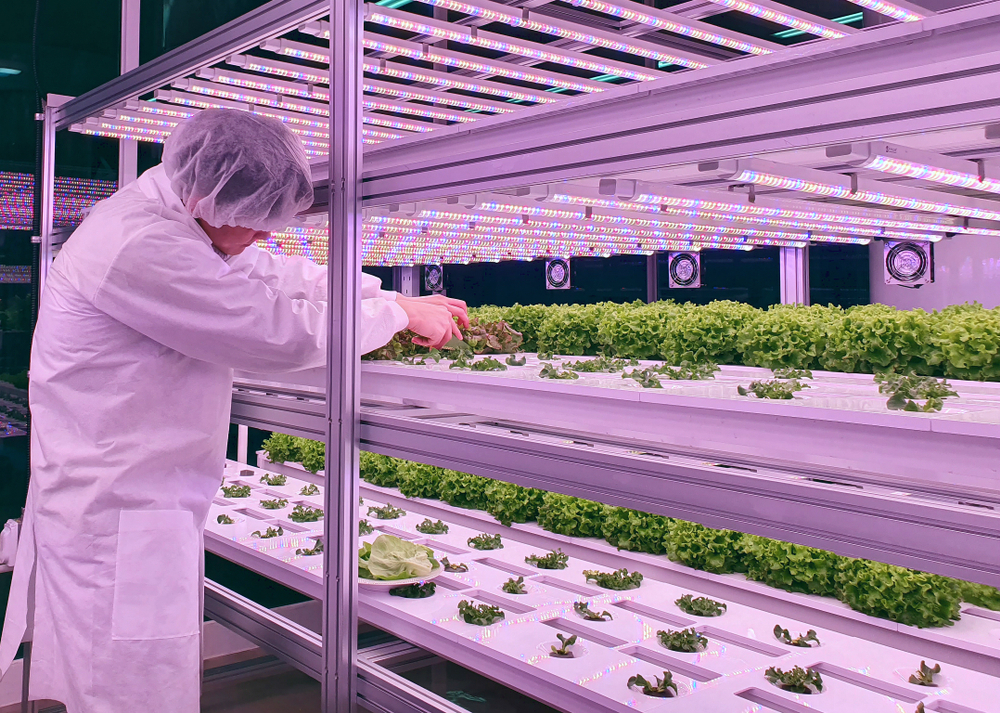

Indoor Hydroponics Farm Setup
Indoor hydroponics farming is an innovative way of growing plants in a controlled environment, without the use of soil. It involves providing plants with nutrients and water through a nutrient-rich water solution. Here are some basic steps to set up an indoor hydroponics farm:
- Choose a suitable location: Select an indoor space that has sufficient lighting, ventilation, and temperature control. A spare room, basement, or garage could be good options.
- Select a hydroponic system: There are various types of hydroponic systems available, such as deep water culture, drip irrigation, nutrient film technique, and aeroponics. Choose a system that suits your budget, space, and the type of plants you want to grow.
- Choose plants to grow: Some popular crops grown using hydroponics are lettuce, tomatoes, herbs, and strawberries. Choose plants that are suitable for the hydroponic system you have chosen.
- Purchase hydroponic supplies: Purchase supplies such as nutrient solution, growing media, grow lights, air pumps, and water pumps.
- Install the hydroponic system: Follow the manufacturer’s instructions to install the hydroponic system. Make sure to test the system before planting any crops.
- Plant the seeds: Follow the instructions on the seed packet for planting. Make sure to plant the seeds in the appropriate growing media and provide them with the required nutrients.
- Maintain the hydroponic system: Regularly monitor the system to ensure that the plants are getting the necessary nutrients and water. Adjust the pH level and nutrient levels as necessary. Prune and harvest the plants regularly.
By following these steps, you can set up your indoor hydroponics farm and grow fresh, healthy crops all year round.
Types Of Indoor Farms

Vertical farms: These farms use stacked layers of plants to maximize the use of space. They can be set up in any indoor space and are often used in urban areas where land is limited.
Hydroponic farms: These farms grow plants without soil, using nutrient-rich water instead. This allows for precise control over plant growth and can result in higher yields.
Aquaponic farms: These farms combine hydroponics with aquaculture (raising fish) in a symbiotic system. The fish waste provides nutrients for the plants, while the plants filter the water for the fish.
Aeroponic farms: These farms grow plants in a mist or fog environment, with the roots suspended in the air. This allows for maximum oxygen and nutrient absorption and can result in faster growth.
Indoor greenhouse farms: These farms use traditional greenhouse methods, but are located indoors. They provide a controlled environment for plants, protecting them from pests, disease, and weather fluctuations.
Container farms: These farms are housed in shipping containers, making them easy to transport and set up in any location. They often use hydroponic or aeroponic systems and can be used for a variety of crops.
Plant factories: These farms use advanced technologies like LED lighting and climate control to create an optimal environment for plant growth. They can produce crops year-round and are often used to grow high-value crops like herbs and spices.








